So often shade gardeners feel shortchanged. Daylilies, roses, geraniums and larkspurs are all out of reach, so gardeners turn to conifers with colorful foliage, great structure and unparalleled texture. As frustrating as it is, even popular conifers like blue spruce and Golden Mop false cypress need nearly full sun as well.
Canadian hemlock (
Tsuga canadensis) rises to the occasion by growing well in full shade and lending great structure and texture to the shade garden. Some of these hemlocks reach heights of 75 feet or more, but some, such as Bennett, are compact and easily managed in even small urban shade gardens.
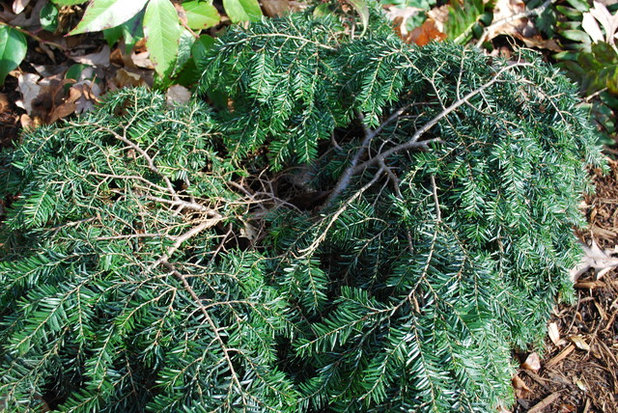
Jay Sifford Garden Design
Botanical name: Tsuga canadensis ‘Bennett’
Common name: Bennett Canadian hemlock
Origin: The species is native to eastern Canada and the northeastern U.S.
Where it will grow: Hardy to -40 degrees Fahrenheit (USDA zones 3 to 7; find your zone)
Light requirement: Partial to full shade
Water requirement: Average to moist soil (1 inch of water per week)
Mature size: Slow growing to 3 to 5 feet high and 4 to 6 feet wide
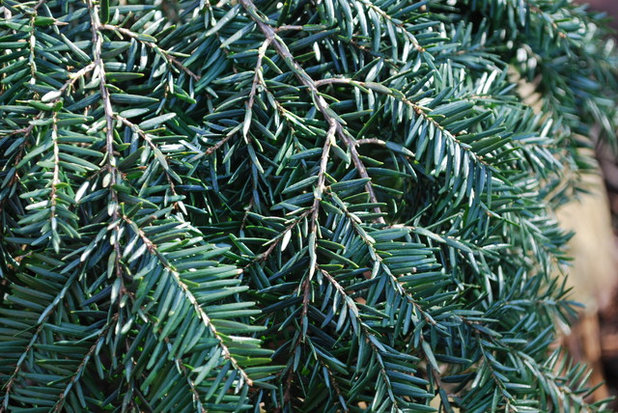
Jay Sifford Garden Design
Benefits and tolerances: Bennett is deer resistant and can be successfully planted underneath black walnut trees; it tolerates heavy shade; its branches aren’t as brittle as those of many other dwarf hemlock cultivars.
Seasonal interest: Provides year-round garden structure and evergreen foliage; new growth emerges as light green before maturing to a dark forest green.
When to plant: Spring or fall is best.
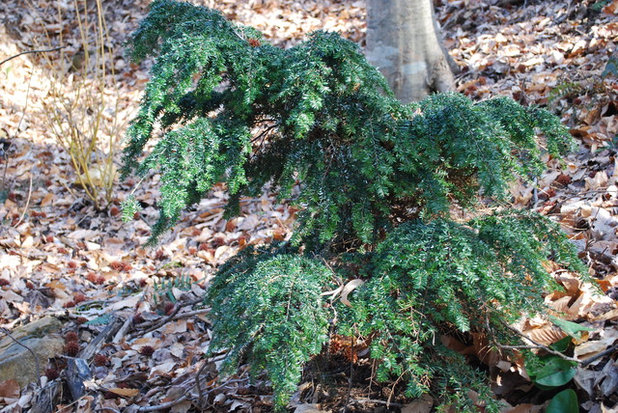
Jay Sifford Garden Design
Distinguishing traits. Bennett generally has a low, round mounding form. Young specimens have a depressed center, giving them an appearance similar to a bird’s nest. Bennett is also available in a trained upright form, as shown here.
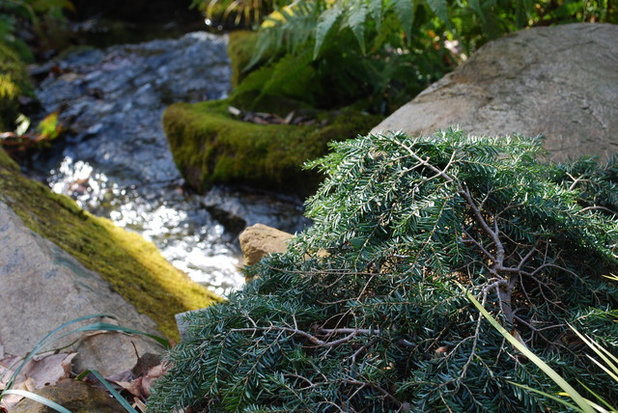
Jay Sifford Garden Design
How to use it. Because of its mounding form, Bennett is a natural choice to cascade over a boulder or waterfall. Multiple plants dotted alongside a woodland path or stream effectively create a sense of rhythm. Bennett and other dwarf hemlocks may also be planted in groups, as shown in the next photo, to create sculptural interest.
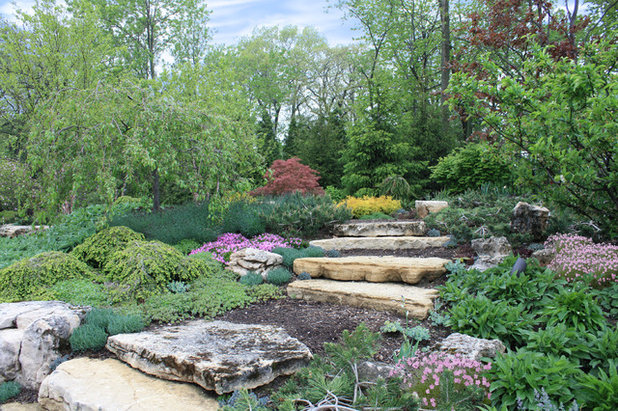
Rocco Fiore & Sons, Inc
Planting notes. Site Bennetts in partial to full shade in rich, moist but well-drained soil. Do not let Bennett dry out until it’s well established.
Like other hemlocks, Bennett is susceptible to infestation by the woolly adelgid in areas where this insect thrives, but is easy to treat because of its size. Systemic insecticides and spraying the foliage with insecticidal soap or oil are effective when done twice a year, in late spring and early autumn.





